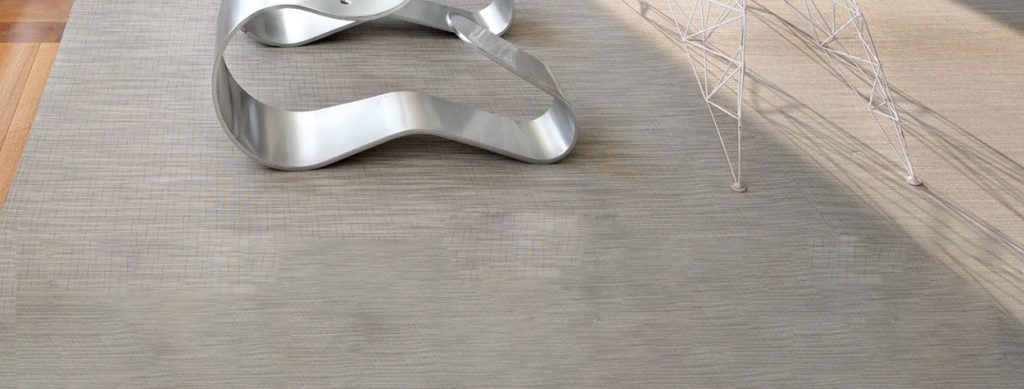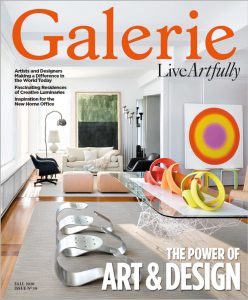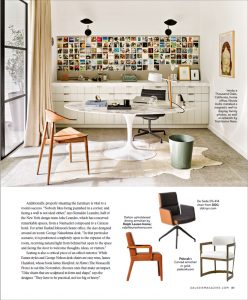FURNITURE
Obviously, most offices focus on the desk, whether that’s a classic design such as an Eero Saarinen Tulip or a Jean Prouvé Trapèze table or a striking showpiece such as the Zaha Hadid limited-edition one used by Francis Sultana. “I wanted something by her in this room somehow for sentimental reasons, as she was a very dear friend,” says Sultana. “This was the best option in terms of proportions and design. I was looking for a large desk but didn’t want it to feel too heavy in the room.” To enliven a writer’s New York office, designer Katie Ridder placed a desk in a bold shade of robin’s-egg blue alongside a row of vibrant raspberry-lacquered cabinets. “We like to have all the rooms � ow into one another, so those colors are picked up in the surrounding areas,” explains Ridder. “There’s no rule that says an office must be brown wood. It can be highly functioning and still be decorated.”
Additionally, properly situating the furniture is vital to a room’s success. “Nobody likes being punished in a corner, and facing a wall is not ideal either,” says Reinaldo Leandro, half of the New York design team Ashe Leandro, which has conceived remarkable spaces, from a Nantucket compound to a Caracas hotel. For artist Rashid Johnson’s home office, the duo designed around an iconic George Nakashima desk. “In that particular scenario, it is positioned completely open to the expanse of the room, receiving natural light from behind but open to the space and facing the door to welcome thoughts, ideas, or visitors.” Seating is also a critical piece of an office’s interior. While Eames styles and George Nelson desk chairs are easy wins, James Huniford, whose book James Huniford: At Home (The Monacelli Press) is out this November, chooses ones that make an impact. “I like chairs that are sculptural in form and shape,” says the designer. “They have to be practical, not too big or heavy.”





